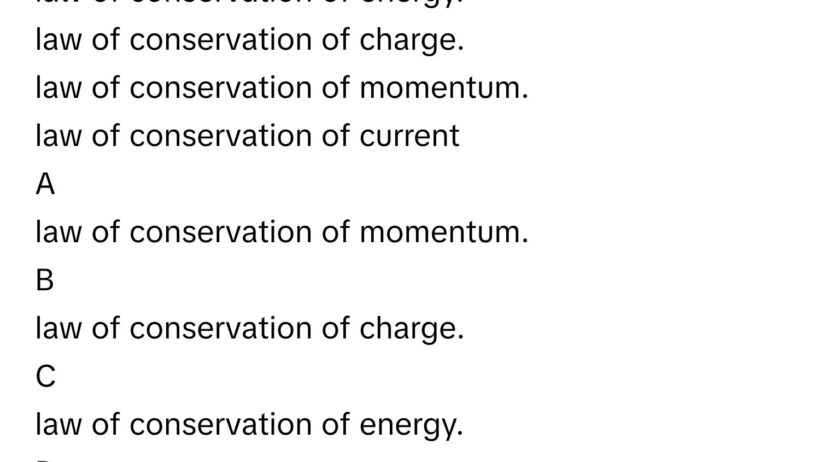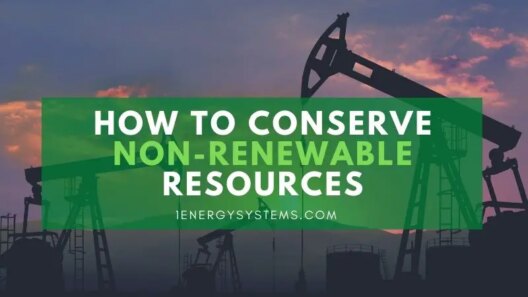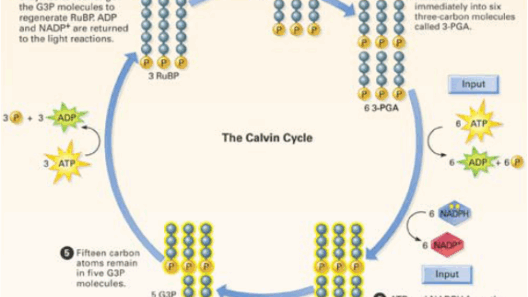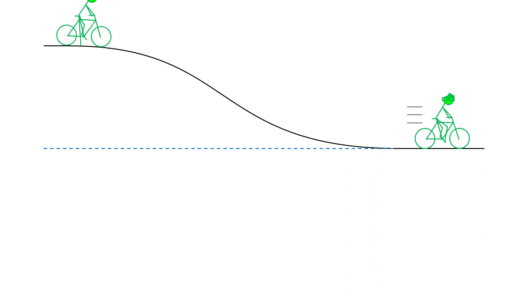Lenz’s Law, a vital principle in electromagnetism, serves as a striking illustration of the law of conservation of energy. This scientific tenet, named after the German physicist Heinrich Lenz, describes how an induced electromotive force (EMF) generates an electric current in a direction that opposes the change in magnetic flux that produced it. Understanding this concept is crucial, not just for physicists, but for anyone interested in how energy manifests and is conserved in our universe.
By delving into the intricate relationship between Lenz’s Law and the law of conservation of energy, we unravel the underlying secrets of electric currents. To fully appreciate this relationship, it is essential first to comprehend both Lenz’s Law and the law of conservation of energy in detail.
At its core, Lenz’s Law can be succinctly summarized: induced currents always oppose the change in the magnetic field that creates them. Picture a scenario in which a magnet approaches a coil of wire. As the magnet moves closer, the magnetic field within the coil increases. According to Lenz’s Law, an electric current is induced in the wire, generating its own magnetic field that opposes the increase caused by the magnet. This resistance to change embodies the essence of Lenz’s Law.
However, it is imperative to relate this phenomenon to the broader principle of conservation of energy. The law of conservation of energy posits that energy cannot be created or destroyed; it can only be transformed from one form to another. In the context of Lenz’s Law, energy conservation is manifested when the electric current generated in the coil uses energy from the original magnetic field. This phenomenon ensures that no energy is lost; rather, it is converted between magnetic and electrical forms.
Consider Faraday’s Law of Electromagnetic Induction. This law serves as the theoretical foundation upon which Lenz’s Law is built. It states that a change in magnetic flux through a conductor induces an EMF proportional to the rate of change. While Faraday’s Law explains how the induced EMF is generated, Lenz’s Law explains the direction of the induced current. Together, these laws frame the principles of electromagnetic induction — a foundational concept in electric power generation.
To elucidate the significance of these principles, let’s examine practical applications. Electric generators are a prime example of these laws in action. As a turbine rotates, a magnetic field changes relative to coils of wire in the generator. This motion induces an electric current. Lenz’s Law mandates that the current generated opposes the motion that created it, resulting in a mechanical resistance that must be overcome to maintain consistent rotational speed. Consequently, this illustrates that energy is neither created nor lost; it is merely converted into mechanical work as the generator produces electricity.
Moreover, Lenz’s Law explains critical phenomena in other technologies, such as magnetic braking systems in trains and amusement park rides. These systems utilize the opposing magnetic fields generated by induced currents to slow down moving objects without direct contact. This elegant application not only showcases energy conservation; it enhances safety and efficiency by employing the principles of Lenz’s Law to harness energy that would otherwise be wasted in traditional braking systems.
Furthermore, Lenz’s Law is intrinsically linked to the concept of energy storage. Inductive components, such as inductors, are used in electronic circuits to temporarily store energy in a magnetic field. When current flows through an inductor, it creates a magnetic field. If the current decreases, Lenz’s Law dictates that the inductor will generate an opposing current to maintain the energy flow. This behavior is crucial in applications such as power supplies and signal processing, where energy stability is paramount.
The environmental implications of Lenz’s Law and the conservation of energy are profound, especially as the world grapples with climate change. Renewable energy technologies, such as wind and solar energy, heavily rely on the principles of electromagnetic induction. As our societies increasingly turn to renewable sources, understanding Lenz’s Law becomes essential. For instance, in wind turbines, changing wind speeds cause alternating changes in magnetic flux through the coils, inducing electric currents as per Lenz’s Law, allowing us to harness natural energy efficiently and sustainably.
In a broader environmental context, the application of Lenz’s Law is tangible when considering the transition toward sustainable energy systems. The integration of electric vehicles (EVs) further underscores this connection. In regenerative braking systems, electric motors act as generators when the vehicle decelerates, creating electricity that can be fed back into the battery. This process, governed by Lenz’s Law, transforms kinetic energy into electrical energy, enhancing the overall energy efficiency of EVs and minimizing energy waste. This exemplifies how adherence to the laws of physics can lead to innovations that substantively reduce our carbon footprint.
In summary, Lenz’s Law and the law of conservation of energy are intertwined principles that illuminate the intricate workings of electric currents and energy transformation. Understanding these principles not only deepens our comprehension of physics but also drives innovative applications in technology, renewable energy, and efforts to combat climate change. By recognizing how these laws govern the energy dynamics in our world, we equip ourselves with the knowledge necessary to engage with and foster sustainable practices for future generations. The secrets of electric currents, governed by Lenz’s Law, reveal the profound interconnectedness of energy, technology, and the environment.







